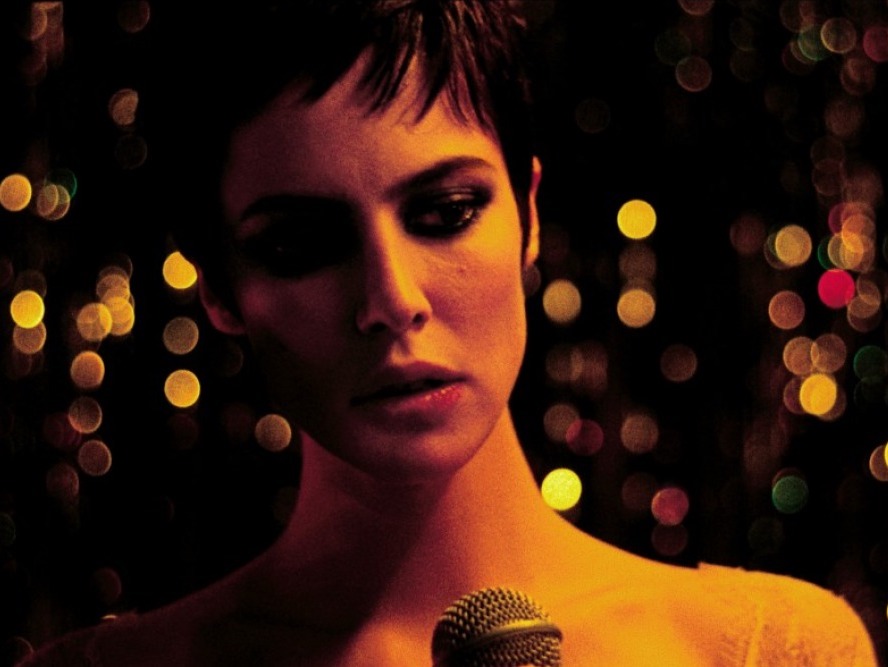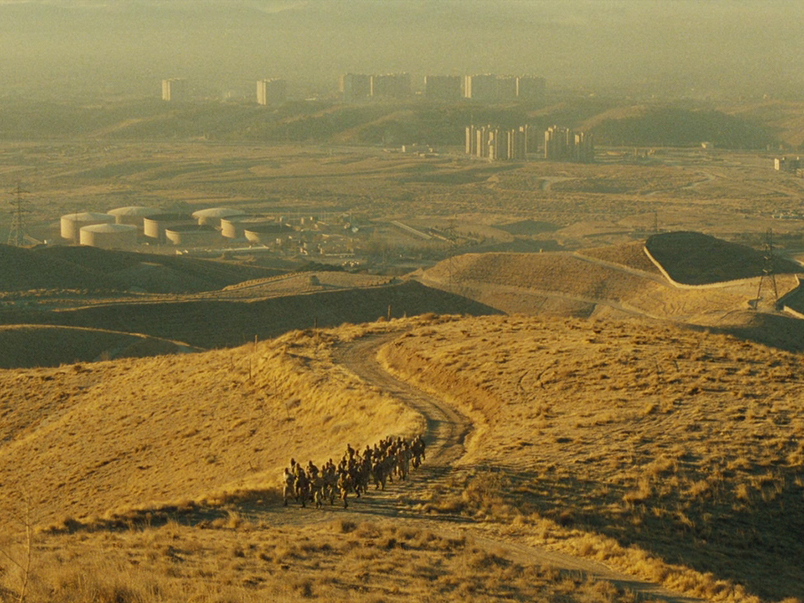Week 12/2023
This week, Ghent has taken over the agenda selection – and rightly so. On the occasion of Philippe Grandrieux’s directing of Wagner’s opera Tristan und Isolde, the long-awaited Opera Ballet Vlaanderen production that will premiere on Wednesday, three of his films are being screened in Flemish cinemas. Monday evening, Art Cinema OFFoff in Ghent is showing his 2002 La vie nouvelle on 35mm, followed by a Q&A with the filmmaker. A more than adequate preparation for the five hour long “fever dream” Tristan und Isolde promises to be.
No doubt a less disturbing but equally nourishing option would be to start your Sunday off with Abbas Kiarostami’s T’am e gilass [Taste of Cherry] (1997) at Ciné Rio in de Koer. Musician Ehsan Yadollahi, who grew up in Iran and studied traditional Iranian music for years, will provide a musical introduction for the film. All proceeds from the screening, which follows a ‘pay what you can’ system, will be donated in full to WomanLifeFreedomGent, an intersectional feminist and queer collective inspired by the Woman* Life Freedom Revolution in Iran. What better occasion to (re)watch a Sabzian favourite?
After following Mr. Badii through Tehran, and possibly after a little lunch, there should still be plenty of time to make it to the last screening on this week’s agenda. On Sunday afternoon, Art Cinema OFFoff is again bringing rarely screened experimental work to KASKcinema by showing Michael Snow’s 1974 mouthful of a film: Rameau’s Nephew by Diderot (Thanx to Dennis Young) by Wilma Schoen (1974). The four-and-a-half-hour film consists of 26 successive scenes that all relate to sound/image relationships. Described by the filmmaker as a musical comedy, tongue-in-cheek that is, this early work of Snow is seen as one of his most stimulating.




